Geist Waterfront Park is a birdwatcher’s paradise all year round. With over 200 species found in the area, you’re bound to catch a glimpse of unique fliers anytime you explore the park. I took a morning walk with Fishers resident, Alex Bird, who is a wildlife biologist and received his Masters of Biology from Ball State University. He primarily has experience with waterfowl, such as ducks and geese, so this was the perfect area to seek out the wildlife. In the short hour we explored, we heard and saw over 15 species of birds. Let’s dive into the details of some of these incredible creatures!
All photographs featured in this article were captured at Geist by local photographer, Steve Gass. Visit his website to purchase his work here.
The Great Egret
One of the more common bird sightings at the park is the Great Egret. This bird is easy to spot with its large wingspan, but it is slightly smaller than a Blue Heron. They typically nest in tall trees, as we saw this morning – there were about 3-4 of them sitting in a tree overlooking the water. Great Egrets are incredibly smart and very territorial birds, so it is best to stay away if you see one. One fun fact about them is that, like flamingoes and herons, they sleep standing in the water.
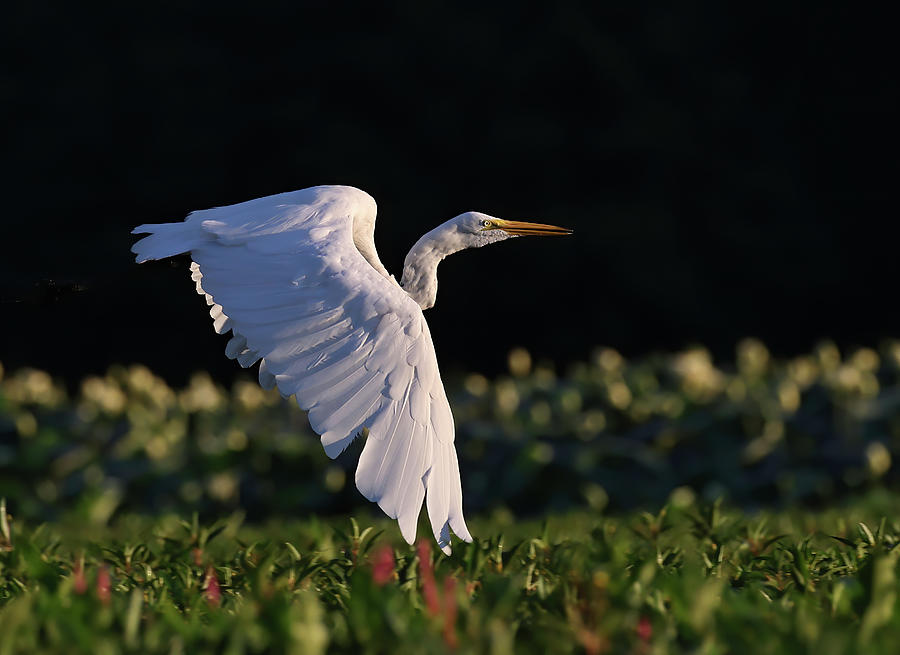
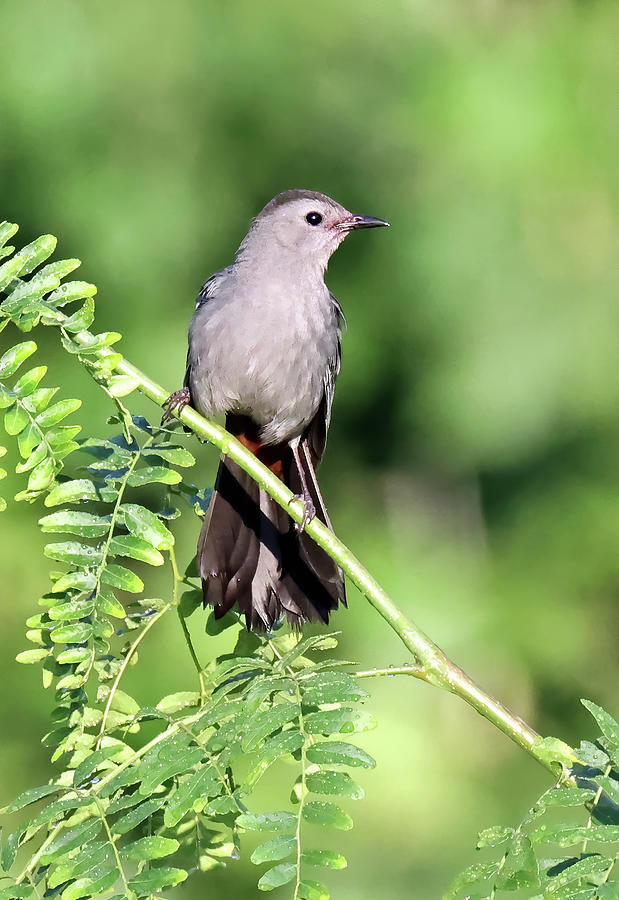
The Gray Catbird
Plain and small, the gray catbird is a relative of the mockingbird and actually comes with a lot of personality. Although we couldn’t see them, we could certainly hear their tweets as they mocked a variety of different sounds around us. Alex interrupted the bird at one point to let me know it was mimicking the sounds of a Robin. Click here to listen to their melody.
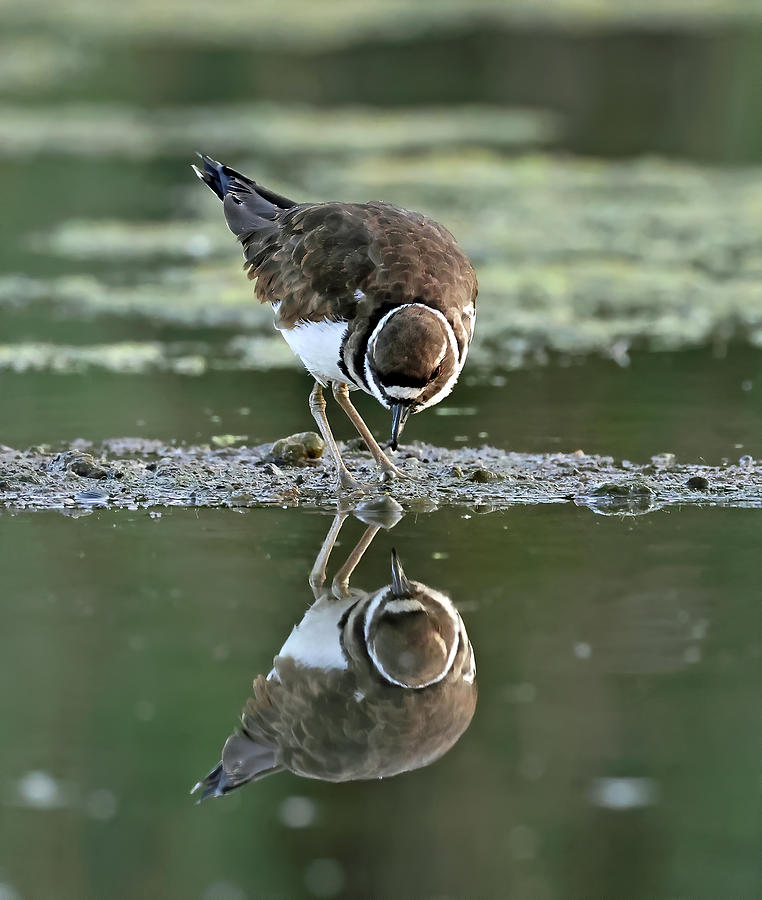
The Killdeer
The sound of the Killdeer is shrill and short, easily heard. These birds are common at the park, whether it is on the shoreline or in the grass. Be careful in the grass because the Killdeer build their nests on the ground. While we were heading out, we came across a mother with one of its babies, steering us away from the nest. As we got closer, we came upon another baby that was caught in some netting. But don’t worry – Alex gently helped the bird out of the netting and returned it to its momma. Click here to listen to their tweet.
The Double-crested Cormorant
The build of the Double-crested Cormorant gives off a prehistoric look, with their small head and kinked neck. These are common waterbirds, but exciting to see here at the park with their wide wingspan of around four feet. You’ll likely catch a glimpse of one during the day time, possibly searching for fish and amphibians to snack on.
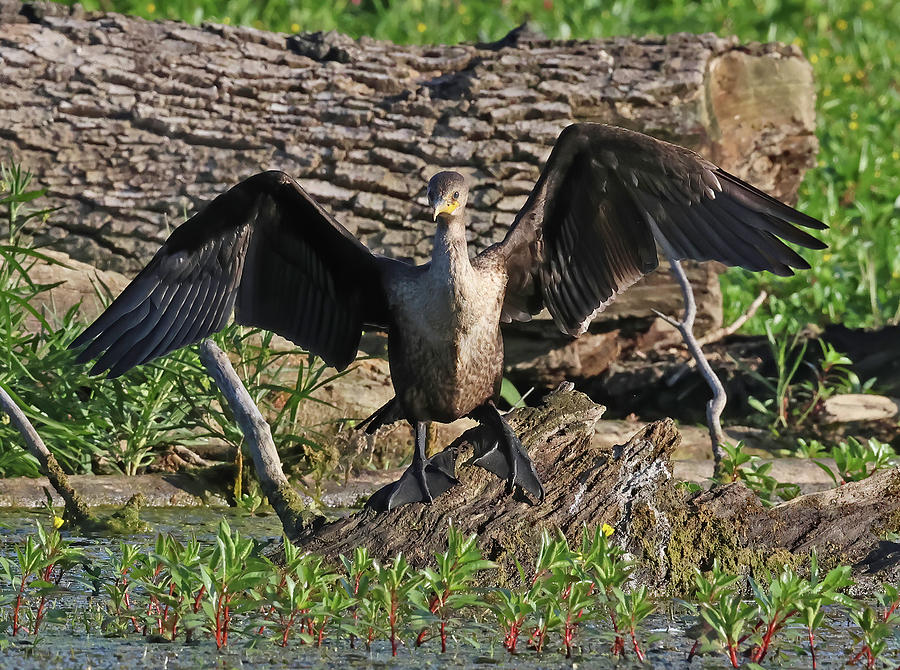
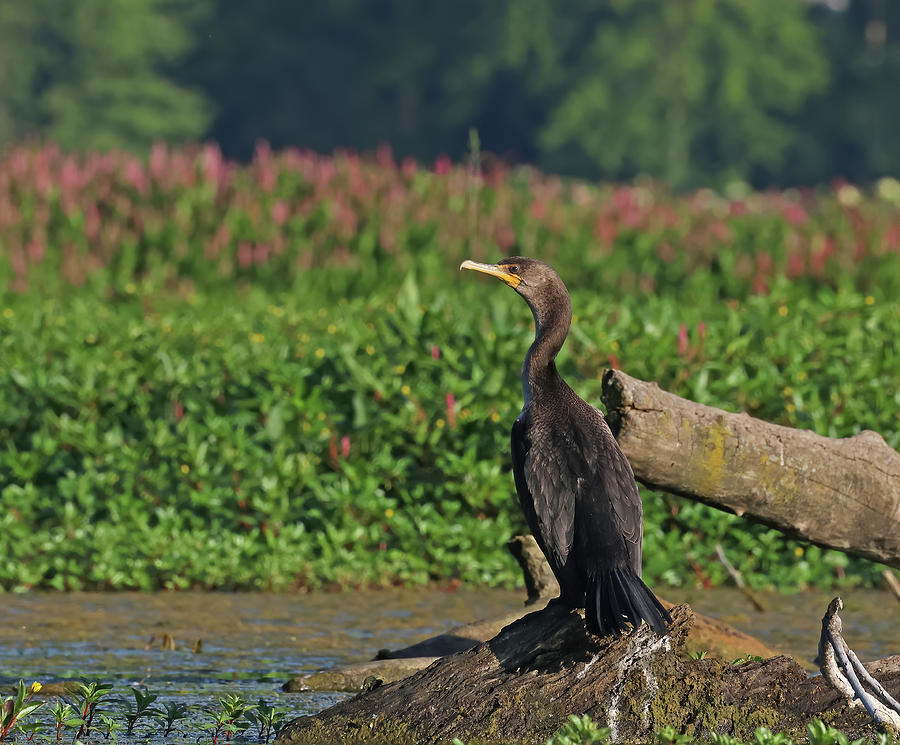
The Belted Kingfisher
The Belted Kingfisher has a wild rattling call that grabs your attention as it flies overhead. These birds have very long and thick bills, which helps them catch their meals: fish. Although Kingfishers are commonly widespread, you will only find the Belted Kingfisher here in Indiana. Hawks are the predators of these birds, and in order to hide from them, the Belted Kingfisher will dive into the water repeatedly until the hawk gives up.
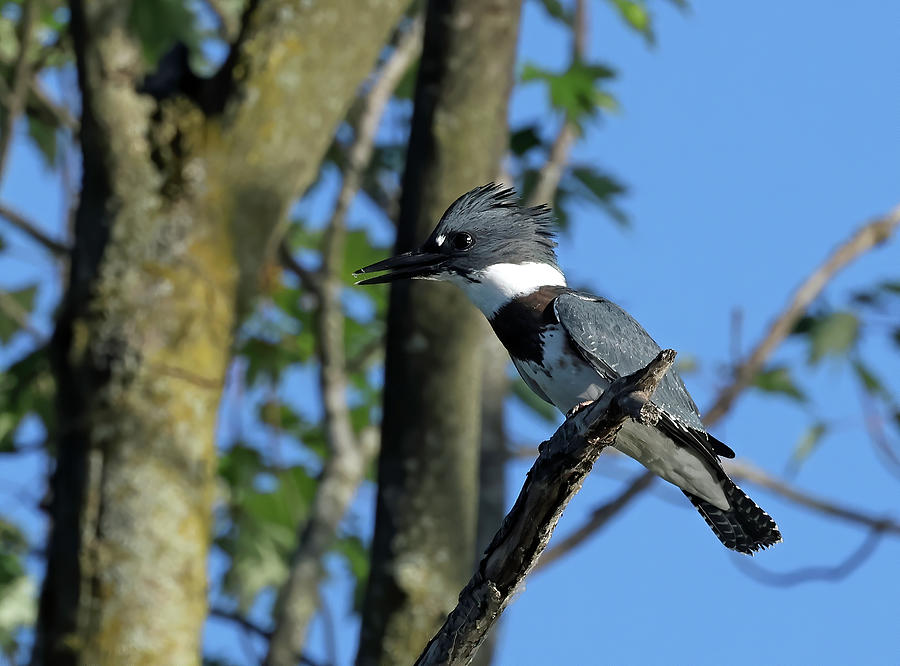
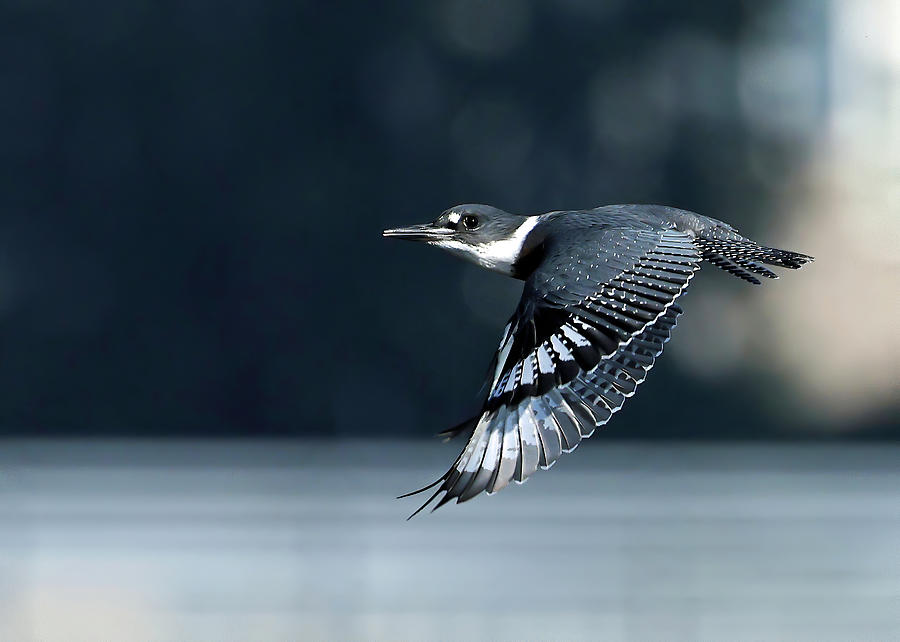
Next time you plan to take a swim or hop on a swing at the Geist Waterfront Park, spend a moment listening to the hums and whistles in the trees and see what species of birds you find. My friend Alex recommends using the Merlin Bird ID app to guide you through the process, as it will record the sounds and share what type of birds are nearby. Have fun and happy birdwatching!
If you would like to purchase any of these photos from Steve Gass, please visit his website here.
